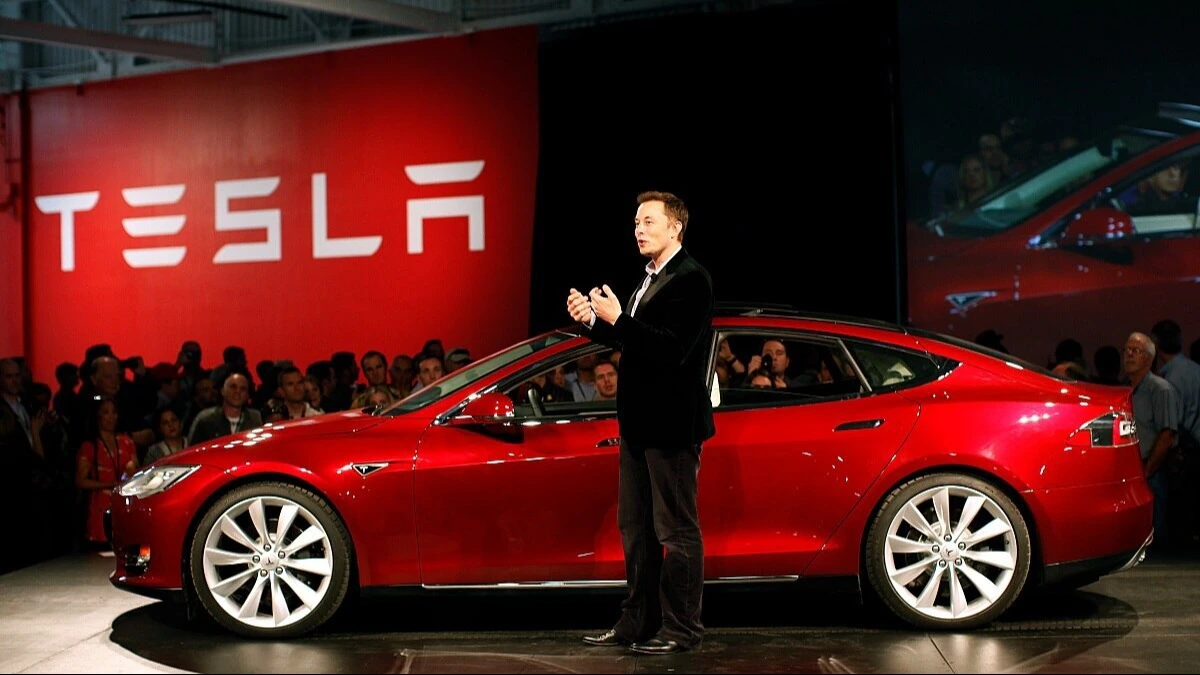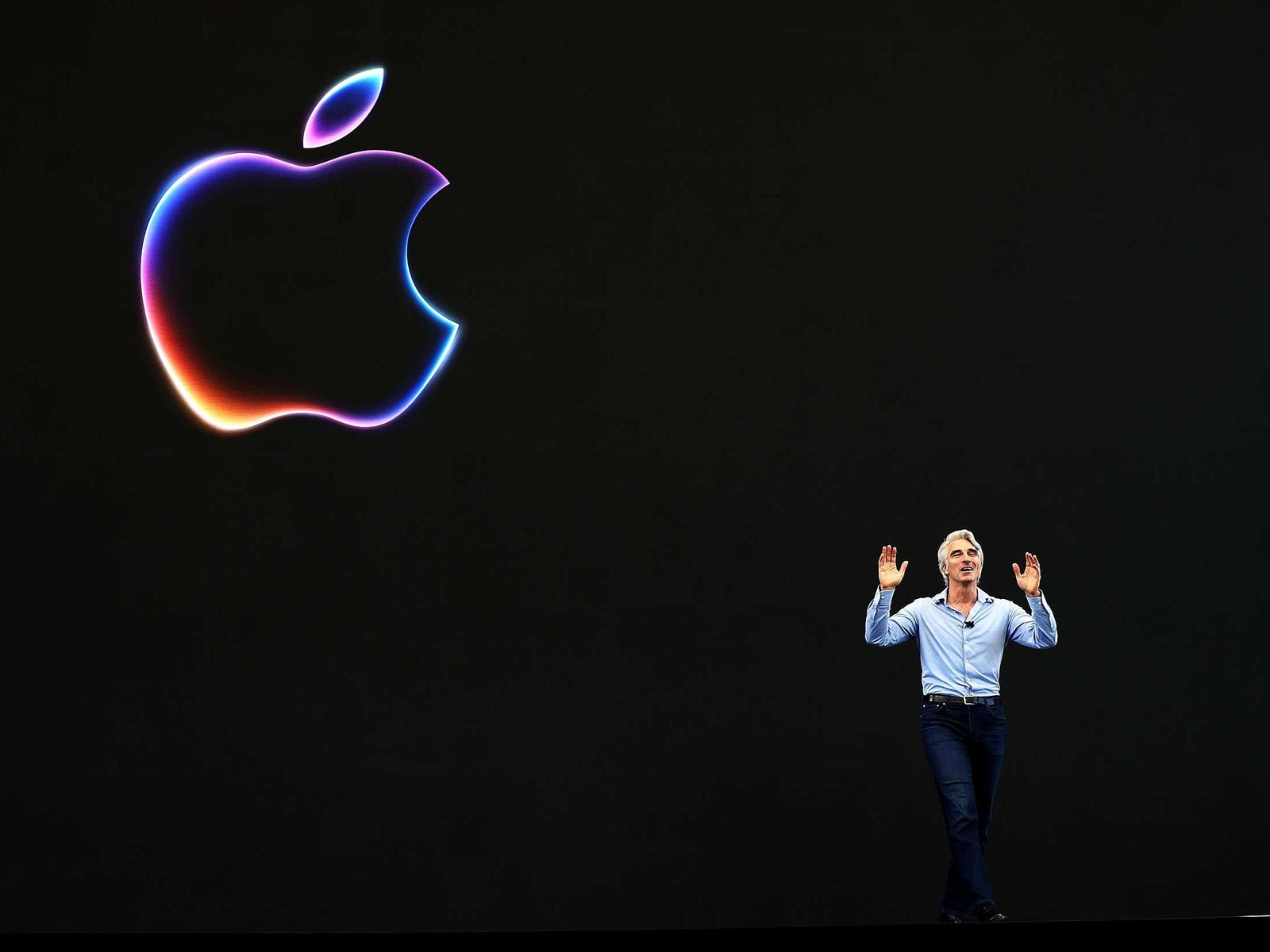The transition to electric vehicles (EVs) is accelerating globally, with fast-charging solutions emerging as a critical component for this shift. Among these, Tesla’s Supercharging network stands out, setting a benchmark for efficiency and accessibility. This article explores why fast-charging infrastructure like Tesla’s is essential for a seamless electric future.
The Role of Fast-Charging in EV Adoption
Fast-charging networks are pivotal in addressing one of the primary concerns of potential EV buyers: range anxiety. The ability to quickly recharge an EV significantly enhances the convenience and practicality of electric cars, making them more appealing to a broader audience. Fast-charging stations, such as Tesla’s Superchargers, can add up to 200 miles of range in just 15 minutes, drastically reducing downtime for drivers.
Tesla’s Supercharging Network: A Leader in the Industry
Tesla’s Supercharging network is the largest global fast-charging network, boasting over 50,000 Superchargers worldwide. These stations are strategically located on major routes, near amenities like restaurants and shopping centers, ensuring that drivers can easily access charging facilities during their travels. This extensive network not only supports Tesla owners but is also gradually opening up to other EV brands, enhancing its utility and reach.
Compatibility and Accessibility
One of the notable advancements is Tesla’s decision to open its Supercharger network to non-Tesla vehicles. This move is facilitated through the use of adapters and the Tesla app, which allows users to find Supercharger sites, monitor their charging status, and make payments. This inclusivity is a significant step towards creating a more integrated and user-friendly charging infrastructure, encouraging more consumers to consider EVs regardless of the brand.
Economic and Environmental Benefits
Fast-charging stations like Tesla’s Superchargers offer economic benefits by reducing the cost per mile compared to traditional gasoline vehicles. The efficiency of these stations also means less energy waste and a lower environmental impact. With automatic battery preconditioning, Tesla vehicles can charge faster, reducing the time spent at charging stations and promoting better battery health.
Challenges and Future Prospects
Despite the advantages, the expansion of fast-charging networks faces challenges such as high installation costs and the need for robust grid infrastructure to handle increased electricity demand. However, continued investment and technological advancements are expected to overcome these hurdles. For instance, the integration of renewable energy sources into the charging infrastructure can further enhance sustainability and reduce reliance on fossil fuels.
Fast-charging solutions like Tesla’s Supercharging network are crucial for the widespread adoption of electric vehicles. By addressing range anxiety, improving accessibility, and offering economic and environmental benefits, these networks are paving the way for a more sustainable and efficient transportation future. As technology advances and infrastructure expands, the dream of a seamless electric future becomes increasingly attainable.



















Add Comment